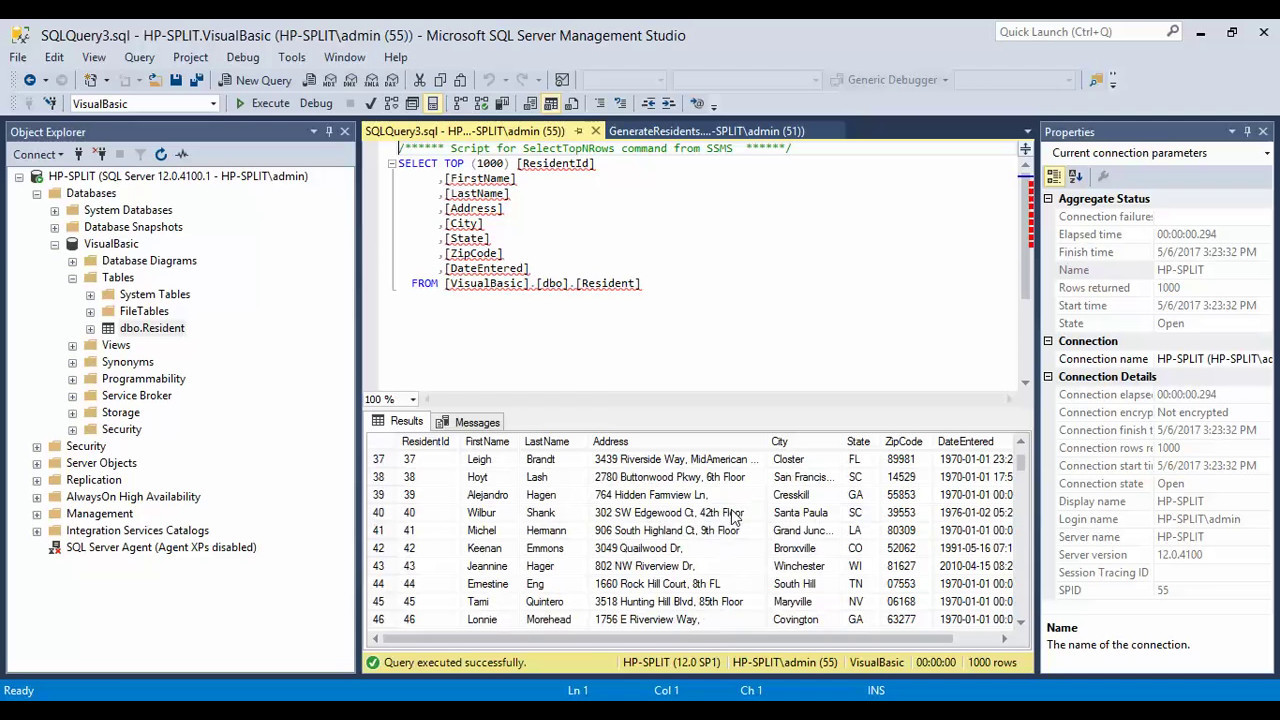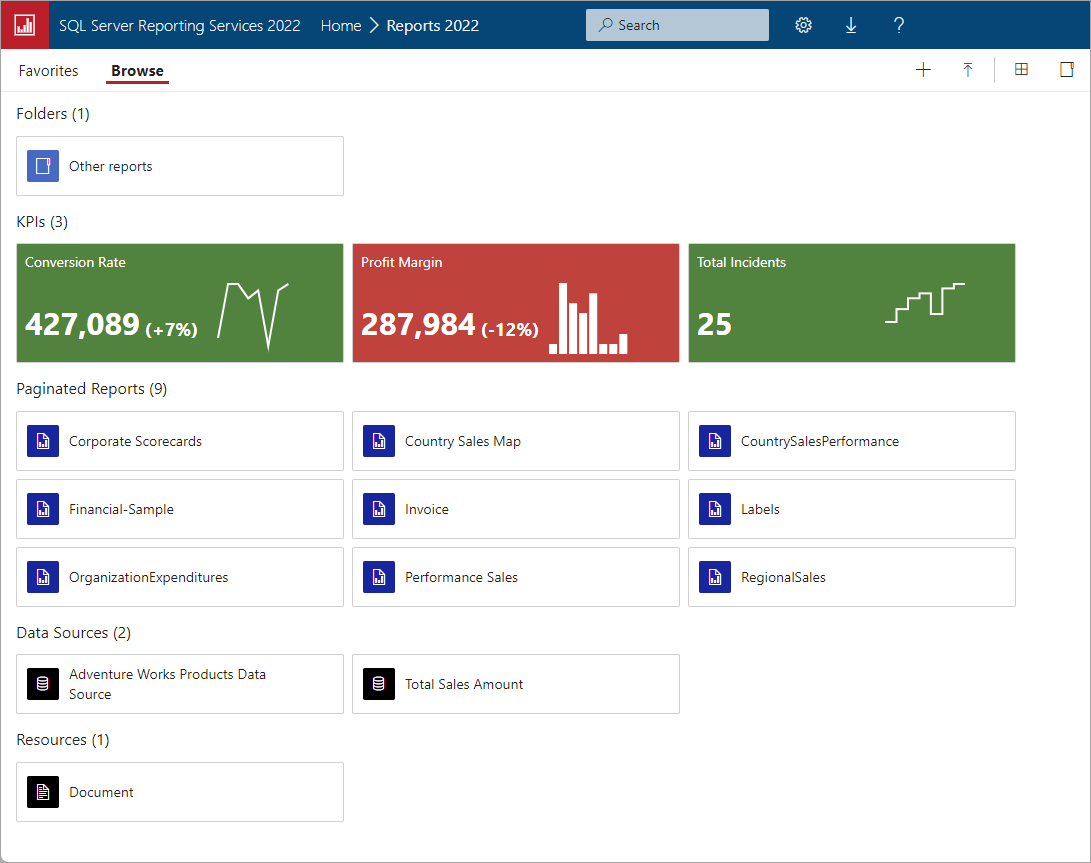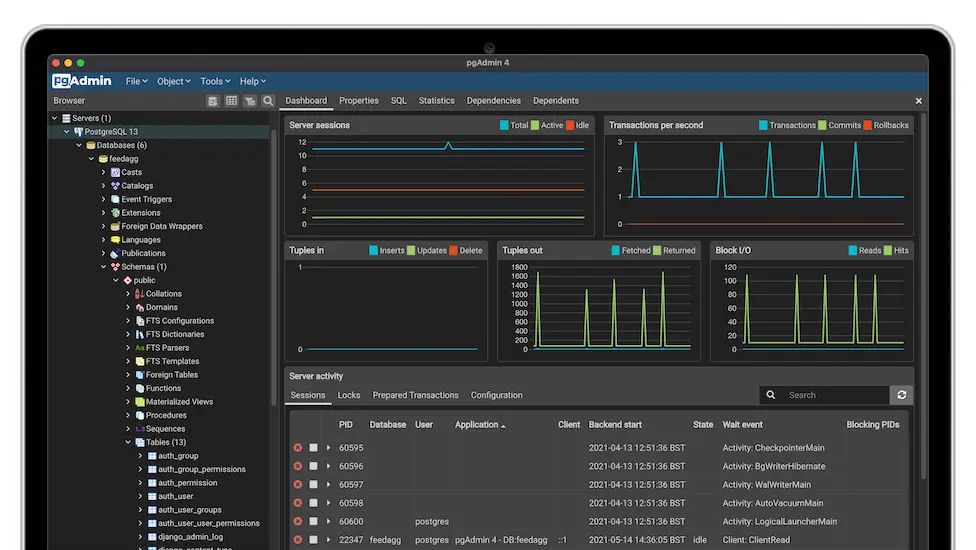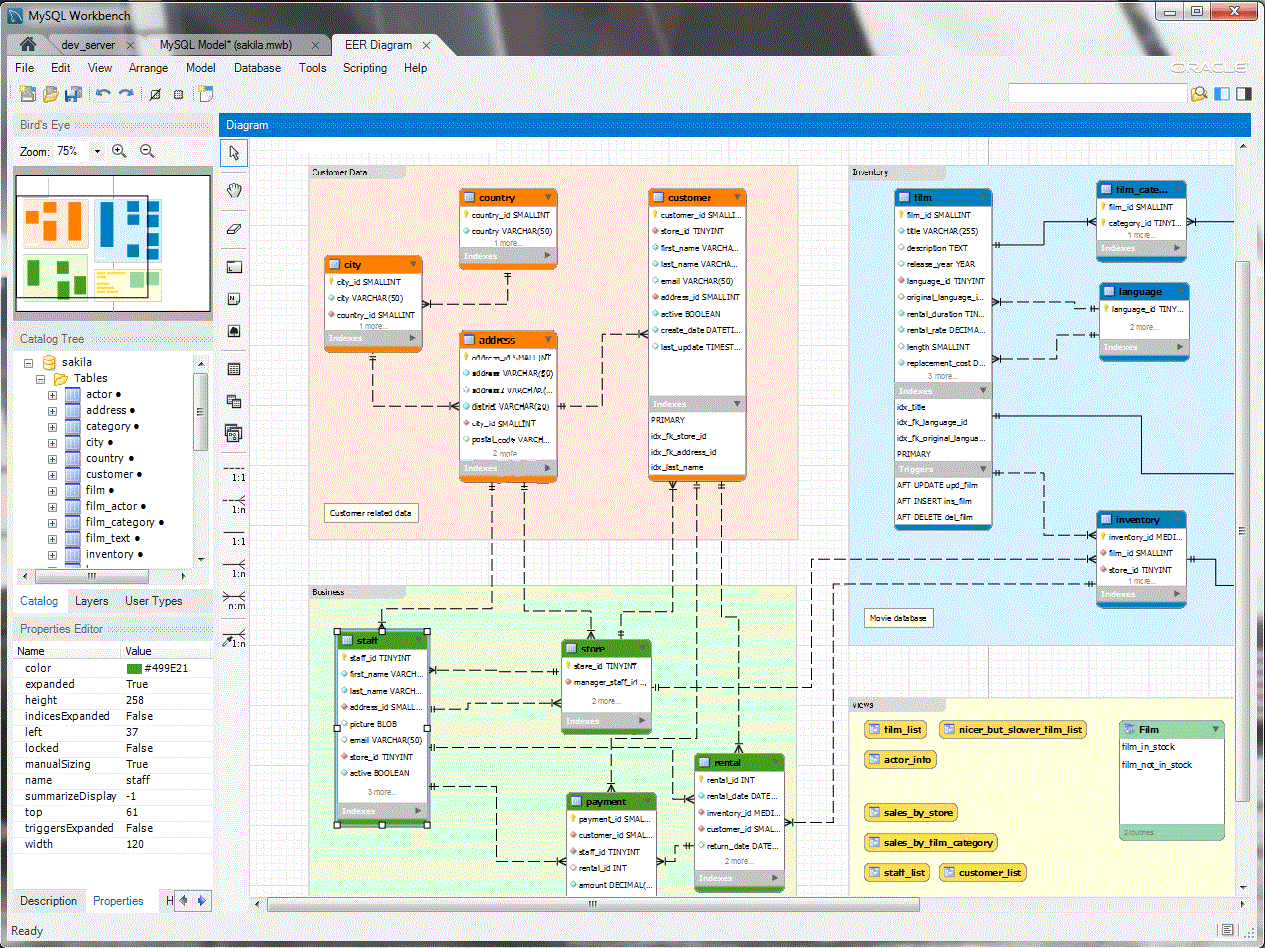A Comparative Insight
In 2025, many platforms and businesses still rely on one of the following SQL databases. This piece explores the strengths of MS SQL Server, PostgreSQL, and MySQL, along with their usual use cases and reference links to get you started.
MS SQL Server
MS SQL is a robust and scalable relational database management system developed by Microsoft. Whether managing large datasets or developing enterprise applications, SQL Server offers a host of tools and features to optimize database operations.
Why Choose MS SQL?
- Smooth Integration: Perfect for companies using Microsoft tools like Azure or Excel, MS SQL integrates seamlessly for effortless workflows.
- Top-Notch Performance: Ideal for handling large data volumes, MS SQL is built to scale, suitable for demanding workloads and growth.
- Solid Security: Features like data encryption and dynamic masking ensure your data’s security and compliance with industry standards.
- User-Friendly Management: SQL Server Management Studio simplifies database management, helping administrators maintain smooth operations. The interface, when you have a database, will likely look like this

Key Features of MS SQL
- Lightning-Fast Processing: In-memory capabilities facilitate quick and efficient data processing.
- Reliable Availability: High availability and disaster recovery features ensure continuous business operations.
- Advanced Data Analysis: Integration with R and Python for powerful analytics and predictive modeling.
- Insightful Reporting: SQL Server Reporting Services, looking like this
 , allows easy creation of detailed, interactive reports which drives business value
, allows easy creation of detailed, interactive reports which drives business value
Popular Use Cases
- Enterprise’s Best Buddy: Perfect for big businesses managing vast amounts of critical data, MS SQL fits well with Microsoft solutions.
- Data Storytelling with a Twist: Transform data into compelling stories with MS SQL’s analytical and reporting capabilities.
Getting Started with MS SQL
- Microsoft SQL Documentation
- Redgate SQL Server Hub
- Stack Overflow SQL Server
- SQL Server Management Studio
- SQL Server Reporting Services
PostgreSQL
PostgreSQL is an open-source database management system admired for its robustness, reliability, and diverse functionality.
Why Choose PostgreSQL?
- Open Source Flexibility: Free and customizable, invites developers to innovate without financial constraints.
- Compatibility and Extensions: Supports advanced data types and extensions like PostGIS for varied applications.
- PgAdmin: My personal favorite when it comes to PostgreSQL Database administration. It allows for connecting to a database, performing queries as well as design your tables as shown here (picture from the documentation)

Standout Features
- JSON and NoSQL Support: Handles both relational and non-relational data efficiently.
- Advanced Indexing: Enhanced query performance with indexing techniques like B-tree, HASH, and GIN.
Popular Use Cases
- Navigating the Mapping World: Perfect for location-based projects like apps directing users to nearby points of interest.
- Handling Complex Data Matters: Excels at managing structured and unstructured data for flexible applications.
Getting Started with PostgreSQL
MySQL
MySQL is widely used for its speed, reliability, and ease of use as a backend for numerous web applications.
Why Choose MySQL?
- Open-Source Flexibility: Allows extensive customization, suitable for developers and businesses of all scales.
- Speed and Efficiency: Optimized for quick response times, ideal for high-performance applications.
- Strong Community Support: Frequent updates and a vast community provide extensive resources for troubleshooting.
- MySQL Workbench: The tool that does all you could wish for (for MySQL Databases). It allows for connecting to a database, performing queries as well as design your tables as shown here (picture from the documentation)

Key Features to Explore
- Comprehensive Data Handling: Capable of managing large databases seamlessly.
- Replication and Clustering: Ensures data redundancy and high availability.
Popular Use Cases
- Web Applications: Core to many dynamic websites, including content management systems and social networks.
Getting Started with MySQL
Conclusion
These are just three of the many SQL database technologies available today. Familiarize yourself with their strengths as each is unique in its way. Consider platform-specific offerings like Amazon Aurora (PostgreSQL-based) on AWS and Microsoft SQL Server-based Azure databases.
Recap: Comparison Table
| Feature/Aspect | MS SQL Server | PostgreSQL | MySQL |
|---|---|---|---|
| Provider | Microsoft | Open Source | Oracle |
| Cost | Proprietary with licensing costs | Free and open-source | Free and open-source with commercial versions available |
| Integration | Seamless integration with Microsoft tools like Azure and Excel | Supports extensions like PostGIS for spatial data | Excellent integration with web applications, especially LAMP stack |
| Stored Procedures | Mature support for stored procedures, ideal for embedding business logic | Basic support for stored procedures, but excels with functions and extensible data types | Basic support for stored procedures |
| Performance | Optimized for large-scale, enterprise-level applications | Excels in handling complex queries and supports custom data types | Optimized for read-heavy operations, known for speed and efficiency in web applications |
| Security | Advanced security features like data encryption and dynamic masking | Robust security mechanisms and compliance capabilities | Strong security features with regular updates and a large support community |
| Data Types | Strong support for structured data | Supports both structured and unstructured data, including JSON and NoSQL | Good support for structured data, JSON support for hybrid data models |
| Community Support | Strong support from Microsoft and commercial partners | Large, active open-source community | Large, active open-community and extensive third-party tools available |
| Use Cases | Ideal for enterprise environments requiring integration with Microsoft products, and parties relying heavily on build-in(stored) procedures, MSSQL is the way to go! | Suitable for a variety of applications including location-based services and complex data management | Core for many dynamic websites and content management systems like, but not limited to: WordPress, Joombla and Drupal |
| Key Tools | SQL Server Management Studio (SSMS) for database development and management | PgAdmin for database design, development and management | MySQL Workbench for database design, development and management. For dynamic websites the use of “PHPMyAdmin” is still common |
Leave a Reply